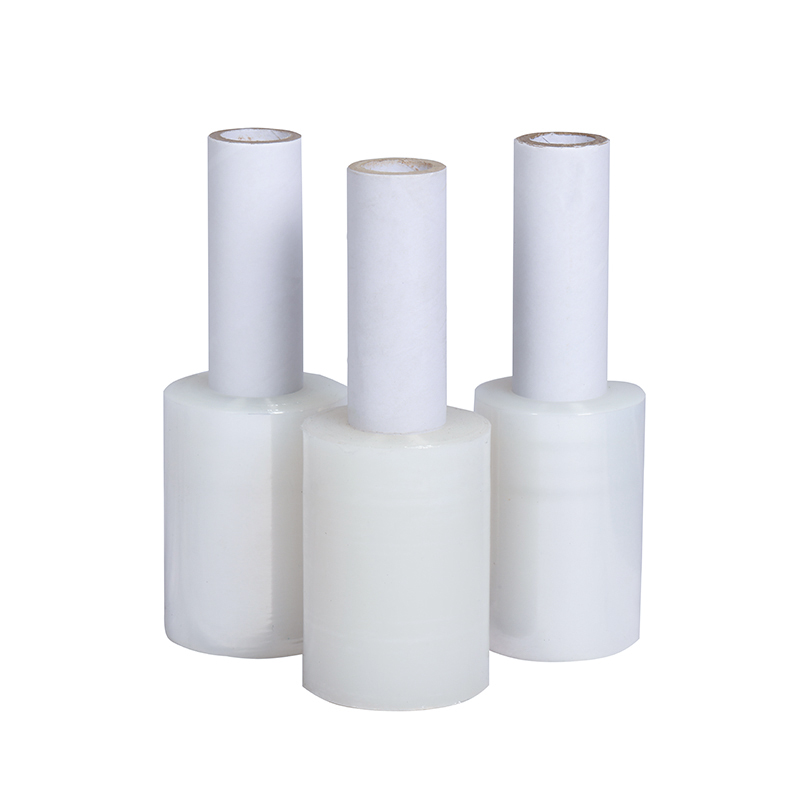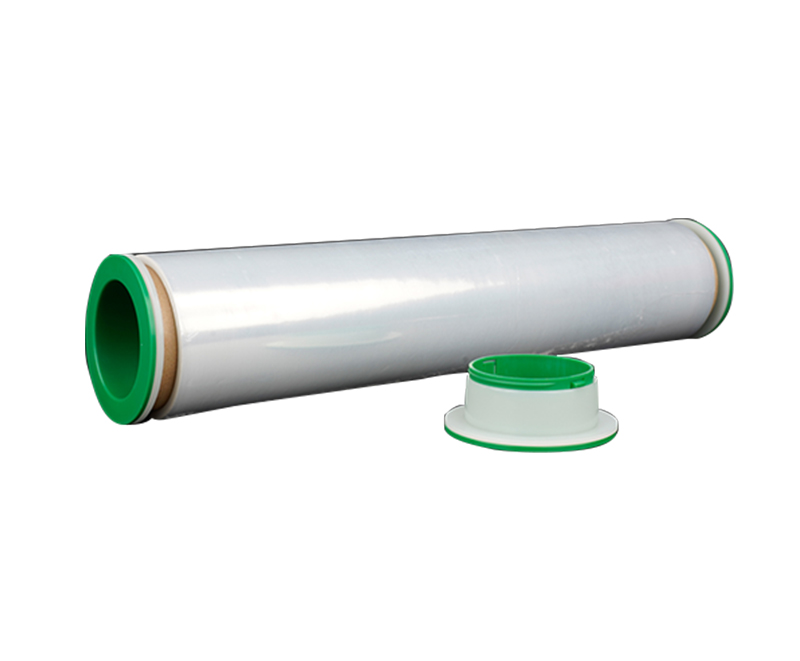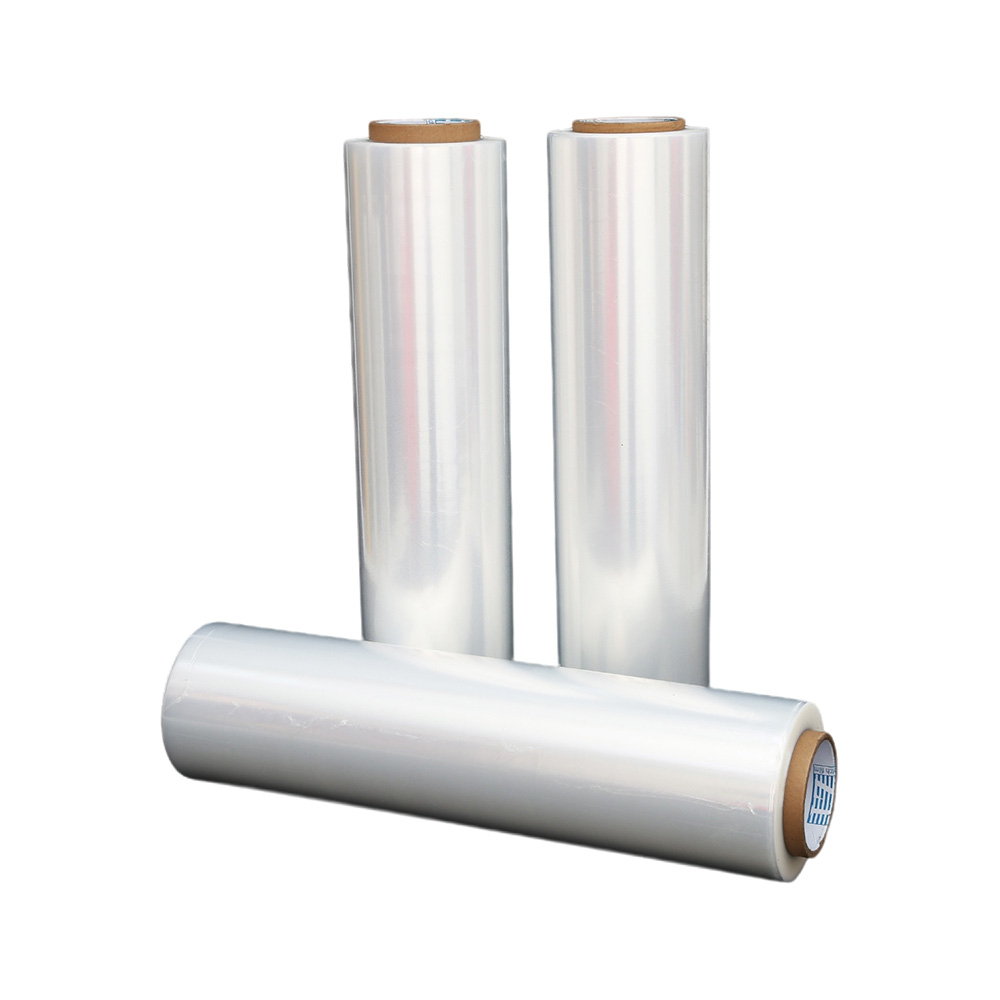Key Factors Influencing the Pricing and Cost Structure of St
Source:Key Factors Influencing the Pricing and Cost Structure of StTime:2023-09-16Visitors:
Introduction
Stretch film plays a pivotal role in modern logistics and packaging, offering a secure and cost-effective solution for various industries. This article will delve into the intricate details of stretch film production in China, shedding light on the key factors that influence its pricing and cost structure. Whether you are a procurement specialist or a logistics manager, understanding these factors is essential when making informed decisions about your stretch film sourcing.
Stretch Film Production Cost Components
The cost structure of stretch film production in China comprises several essential elements that directly impact pricing. Let's explore these components:
Raw Material Costs
PE Stretch Film
PE stretch film, short for polyethylene stretch film, is the industry's most commonly used type of stretch film. Its cost is influenced by the kind of plastic resin used and any price fluctuations. Manufacturers may also incorporate additives like plasticizers and pigments, which affect the overall material cost.
Manufacturing Processes and Energy Consumption
Stretch film is produced through a series of intricate manufacturing processes. These processes involve various equipment and consume substantial energy. Efficiency in these processes can significantly influence production costs. Modernization and optimization of production lines are crucial in maintaining competitive pricing.
Labor Costs
A significant portion of the production cost goes into labour. This includes both production floor employees and managerial staff. Labour costs can vary depending on the region and labour market dynamics in China.
Competitive Landscape of Stretch Film Production in China
Industry Competition
Stretch film production in China is characterized by intense competition. Numerous manufacturers are in the market, ranging from small-scale regional players to large multinational corporations. This competitive environment can impact pricing strategies.
PE Stretch Film Market
Within the stretch film market, PE stretch film is the dominant type. Manufacturers often vie for market share by offering various grades of PE stretch film tailored to specific customer requirements. Understanding the quality and pricing variations among these products is crucial for buyers.
Pricing Competition
Price competitiveness is a critical aspect of the stretch film industry in China. Manufacturers often adopt dynamic pricing strategies based on raw material costs, market demand, and competition. This means that prices can fluctuate, and buyers need to stay informed about market trends.
Supply Chain Factors
Raw Material Supply Stability
The availability and stability of raw material supplies, particularly plastic resins used in stretch film production, can influence costs. Sudden disruptions or price increases in resin markets can directly impact the pricing of stretch film.
Transportation and Logistics Costs
Transportation costs, including fuel prices and logistics, also affect pricing. China's vast size and regional disparities can lead to varying transportation expenses, impacting the final cost of stretch film.
Influence of Exchange Rates and International Trade
Currency Exchange Rates
Exchange rate fluctuations, particularly the value of the Chinese yuan (Renminbi), can substantially impact the pricing of stretch film in China. A weaker yuan can increase the cost of importing raw materials, which, in turn, can affect the overall production cost.
Export and Import Costs
Stretch film China manufacturers often engage in international trade. Exporting and importing stretch film involves additional costs, such as customs duties, tariffs, and shipping expenses. Changes in trade policies and trade tensions between China and its trading partners can influence these costs.
Environmental Regulations and Sustainability
Regulatory Impact
China has been increasing its focus on environmental protection and sustainability. Stringent environmental regulations can require manufacturers to adopt cleaner production processes and invest in pollution control technologies. Compliance with these regulations may increase production costs.
Sustainability Practices
Some manufacturers in China are proactively implementing sustainable practices, such as recycling initiatives and reducing energy consumption. These practices align with global sustainability trends but may entail initial investments.
Technological Innovation and Efficiency Improvements
Advanced Production Technologies
Technological advancements have played a significant role in shaping the stretch film production landscape in China. Manufacturers are continuously adopting cutting-edge production technologies to enhance efficiency and reduce costs. Automation and robotics have become increasingly prevalent, allowing for higher production output with fewer resources.
Cost-Reduction Innovations
Innovation-driven cost reduction is a crucial strategy for many stretch film manufacturers in China. These innovations can encompass various aspects of production, from material optimization to energy-efficient processes. Cost-efficient innovations not only improve competitiveness but also contribute to sustainability goals.
User Perspective: Understanding Pricing and Selecting Suppliers
Understanding how these factors affect pricing is crucial for procurement specialists and logistics managers looking to source stretch film effectively. Here's what you should consider:
- Price-Quality Balance: Assess the balance between price and quality. Extremely low-cost options may compromise quality, leading to potential problems during packaging and transit.
- Supplier Reliability: Evaluate the reliability and reputation of stretch film suppliers in China. A reliable supplier can ensure consistent quality and timely deliveries.
- Procurement Strategies: Develop informed procurement strategies considering pricing trends, supplier capabilities, and market dynamics.
Conclusion
In conclusion, the pricing and cost structure of stretch film production in China is influenced by many factors, ranging from raw material costs and manufacturing processes to labour, competition, and international trade dynamics. Understanding these factors empowers buyers to make informed decisions when sourcing stretch film.
As the industry evolves, staying updated on these factors and embracing sustainable and innovative practices will be essential for buyers and manufacturers. Stretch film, as a vital component of modern packaging and logistics, will continue to play a pivotal role in ensuring the efficient and secure transportation of goods.
Thank you for exploring these critical aspects of stretch film production in China with us. We hope this article has provided valuable insights for your procurement and logistics endeavours.
Recommended Products
Ranked in the same article
- how to use the stretch film technology to r
- How can we get detailed price list?
- Five common quality problems of PE protecti
- Plastic film degradation
- How to guarantee punctual shipment for our
- Gauge to Micron and Millimetre Conversion G
- What is the difference between stretch film
- Testing the permeability of stretch film
- Stretch film temperature requirements
- Electrical wire film VS electrostatic film
- Why insufficient transparency of stretch w
Latest news articles
- Stretch Film Wrap: Unraveling Its Benefits
- What is the Difference Between Magic Tape a
- What Properties Ensure Effective Cold Chain
- Factors affecting viscosity of PE stretch f
- Advantages of white engineering film
- Bundling Stretch Film: Optimize Your Packag
- The significance of using PE electric wire
- The Ultimate Guide to Choosing the Right Ma
- How to check the quality of PE stretch film
- How can PE stretch film be cut better?
- The 133rd Spring Canton Fair



